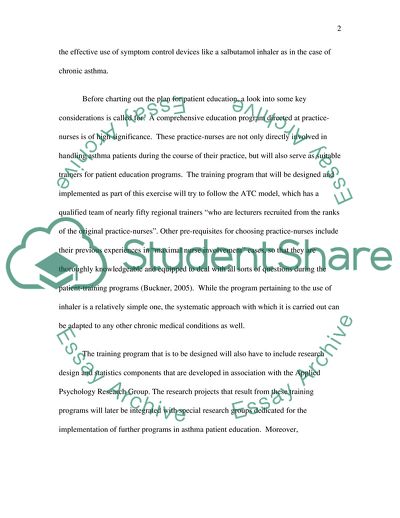Cite this document
(The Implementation of a Patient Education Session Assignment, n.d.)
The Implementation of a Patient Education Session Assignment. https://studentshare.org/health-sciences-medicine/1712193-long-term-ilness-nursing
The Implementation of a Patient Education Session Assignment. https://studentshare.org/health-sciences-medicine/1712193-long-term-ilness-nursing
(The Implementation of a Patient Education Session Assignment)
The Implementation of a Patient Education Session Assignment. https://studentshare.org/health-sciences-medicine/1712193-long-term-ilness-nursing.
The Implementation of a Patient Education Session Assignment. https://studentshare.org/health-sciences-medicine/1712193-long-term-ilness-nursing.
“The Implementation of a Patient Education Session Assignment”. https://studentshare.org/health-sciences-medicine/1712193-long-term-ilness-nursing.


